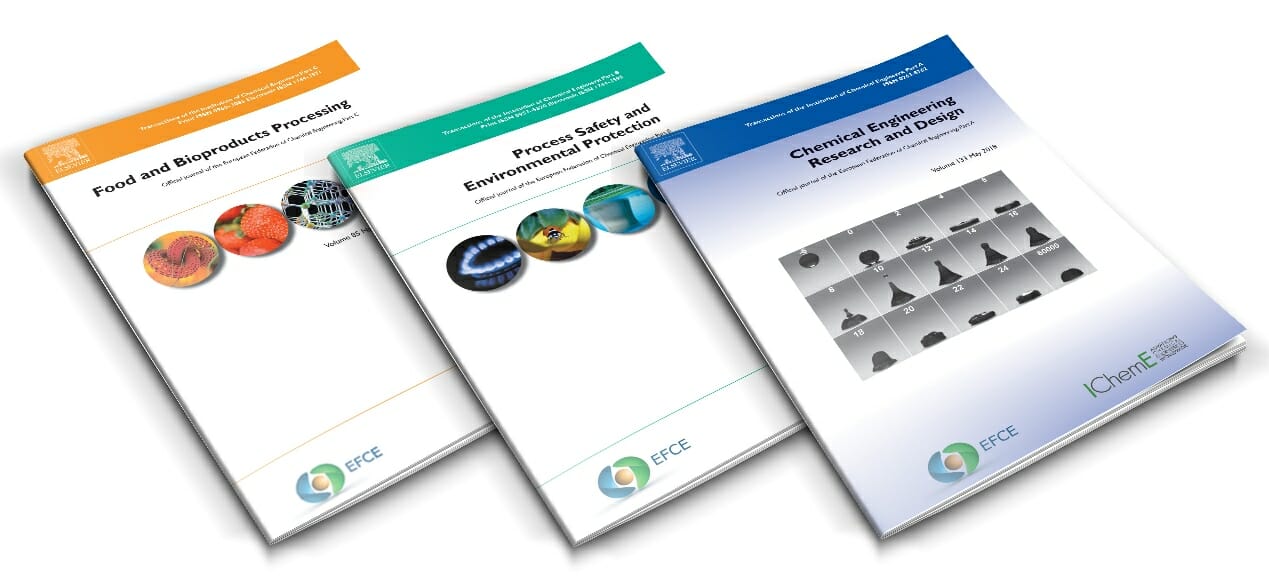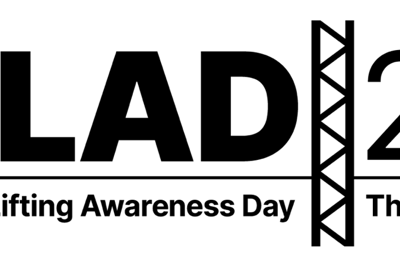The Institution of Chemical Engineers (IChemE) has announced an increase in Impact Factor for three of its journal titles – Food and Bioproducts Processing, Process Safety and Environmental Protection and Chemical Engineering Research and Design. All three now sit in the top third of peer-reviewed chemical engineering journals.
Food and Bioproducts Processing (FBP) saw the biggest increase in Impact Factor, going from 1.970 to 2.744 this year. FBP has also jumped up in the journal rankings – now 45th out of 137 chemical engineering journals (56th last year); 57th out of 160 biotechnology & applied microbiology journals (88th last year), and 36th out of 133 food science and technology journals (46th last year).
Editor-in-Chief of FBP (Food), Ian Wilson, said:
“This is a fantastic result for the journal and great exposure for those who have contributed to it. FBP‘s impact factor had a blip in 2016 owing to the way the factors are calculated, and it is good to see it back on its steady climb.
“Chemical engineering has a key part to play in food processing and manufacturing. It’s so important that we support high quality research and scholarship in this area, to help tackle the global challenges such as population growth, competition for and depletion of natural resources.”
Editor-in-Chief of FBP (Bioprocessing), Nigel Titchener-Hooker, said:
“The ethos of FBP is to encourage transfer of knowledge across the biomanufacturing sphere, and these results speak volumes to that. A significant amount of hard work has been put into FBP; from all the editors and reviewers to the staff at Elsevier and IChemE. The figures from Thompson Reuters is evidence of their combined efforts to make FBP interesting, relevant and topical.”
Process Safety and Environmental Protection (PSEP) continued to do well. The journal reported a 40% increase in Impact Factor last year and has experienced a further 18% increase, from 2.905 to 3.441, in the latest figures. It now places 27th out of 137 chemical engineering journals, and 18th out of 50 environmental engineering journals. Notably, it is ranked higher than the AIChE Journal and Chemical Engineering Science.
Editor-in-Chief of PSEP (Safety), David Edwards said:
“An Impact Factor of 3 or more is a fantastic achievement for any journal, and I’m incredibly proud of everyone involved in PSEP for helping us to achieve this figure. Process safety is, and will continue to be, fundamental to the study and practice of chemical engineering – regardless of industry or job title.”
Editor-in-Chief of PSEP (Environment), Adisa Azapagic added:
“PSEP has the highest Impact Factor of any IChemE journal. This could not be possible without the dedication of all our editors and our IChemE and Elsevier team. Their efforts have resulted in PSEP being a top 30 chemical engineering journal and they should all be incredibly proud.”
The 2017 Impact Factor results are calculated by Thomson Reuters and published by Clarivate Analytics. The latest figures have also seen a 10% increase in the Impact Factor for Chemical Engineering Research and Design (ChERD) – from 2.538 to 2.795.
Editor-in-Chief of ChERD, Eva Sorensen, said:
“We’re delighted to see ChERD continue to do well, particularly when you consider the broad scope that the journal has. To date, it has been cited 11,014 times – a clear indication that the articles continue to be relevant for the modern chemical engineer.”
Impact Factors provide a quantitative measure of a journal in relation to its competitors, based on a ratio of the citations to a journal in the most recent year to a count of articles and reviews published in the journal in the prior two years. IChemE journals do not insist on authors citing recent work from the journal to be considered for publication.
More information can be found at: https://clarivate.com/essays/







